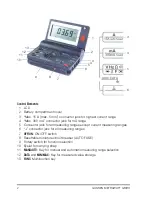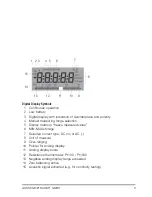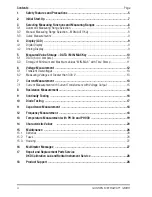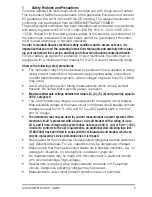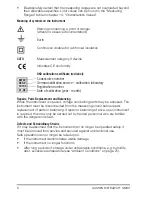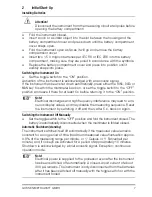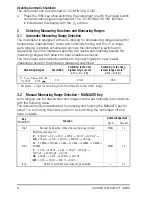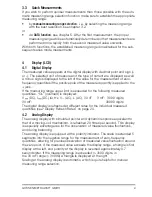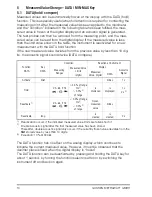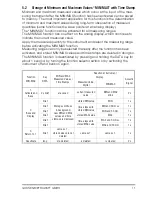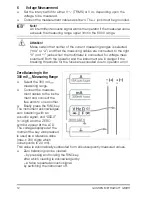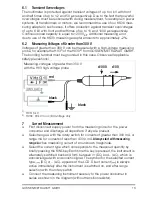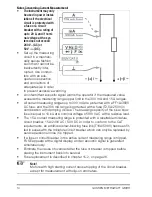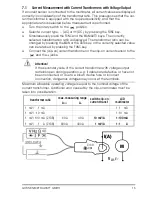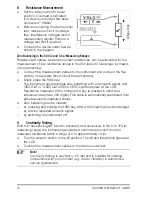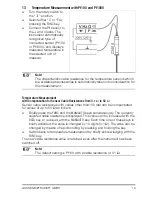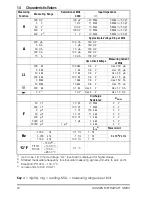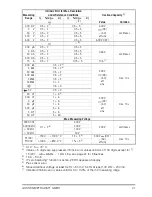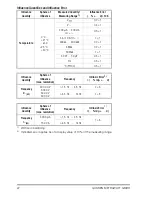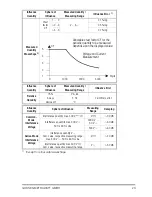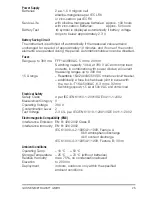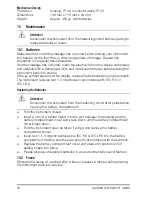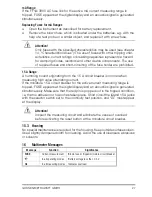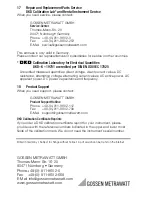
14
GOSSEN METRAWATT GMBH
Notes Concerning Current Measurement:
•
The instrument may only
be used in power instal-
lations if the electrical
circuit is protected with
a fuse or a circuit
breaker with a rating of
up to 20 A, and if nomi-
nal voltage at the sys-
tem does not exceed
240 V~ (AC) or
50 V
(DC).
•
Set up the measuring
circuit in a mechani-
cally secure fashion
such that it cannot be
inadvertently inter-
rupted. Use conduc-
tors with an ade-
quate cross section
and connectors of
adequate size in order
to prevent excessive warming.
•
An intermittent acoustic signal warns the operator if the measured value
exceeds the measuring range upper limit in the 300 mA and 15 A ranges.
•
All current measuring ranges up to 300 mA are protected with a FF1A/380V
AC fuse, and the 300 mA range is protected with a fuse (T2.5A/250V) in
combination with damping diodes. The breaking capacity of the slow-blow
fuse is equal to 10 kA at a nominal voltage of 380 V AC with a resistive load.
•
The 15 A current measuring range is protected with a resettable miniature
circuit breaker: 15A/240V AC / 50V DC.In order to conform to the CAT
requirements, an additional slow-blowing fuse link (T16A/500V) has been fit-
ted in series with the miniature circuit breaker which can only be replaced by
service personnel once it is tripped.
•
If a fuse or circuit breaker in the active current measuring range is tripped,
FUSE appears at the digital display, and an acoustic signal is generated
simultaneously.
•
Eliminate the cause of overload after the fuse or breaker is tripped before
placing the instrument back into service!
•
Fuse replacement is described in chapter 15.2, on page 26.
Note!
☞
Motors with high starting current cause tripping of the circuit breaker,
except for measurement with clip-on ammeters.
– (+) /
~
+ (–) /
~


